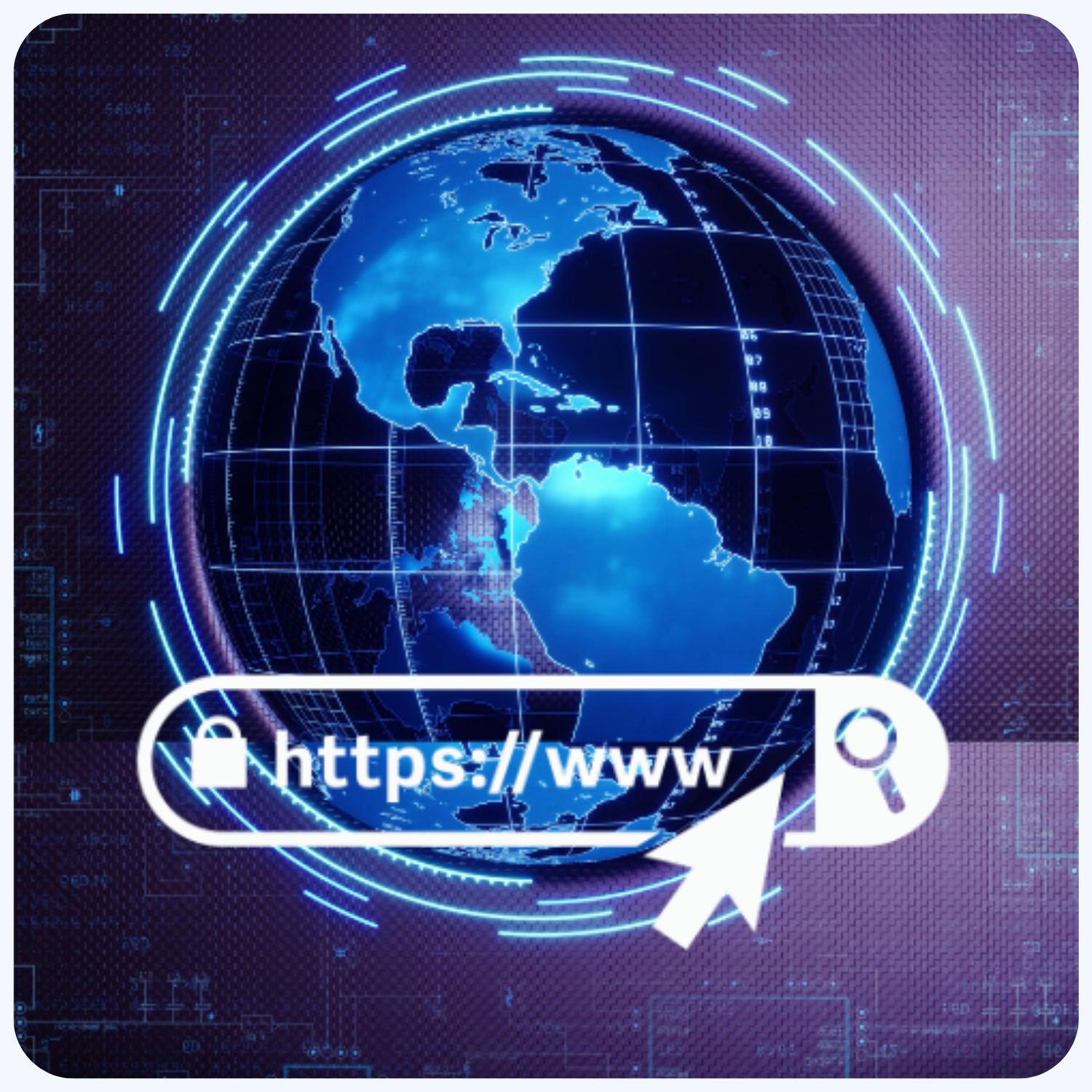POLICY MANAGEMENT
Policy Management System
In any organisation, staff awareness and understanding of policies are paramount for compliance and efficient operations. From tracking approvals to simplifying processes and automating staff approvals, a Policy Management system is essential to eliminate pains, streamline operations, and ensure adherence to security standards, all while keeping staff well-versed on organisational policies through centralised management and clear audit trails.
These policies cover various aspects of any company’s usage, security, and governance to ensure that technology resources are used effectively, securely, and in compliance with regulations.
Key Features of a Policy Management System
-
Users can create, review, edit, and approve policies within the system. This may involve collaborative tools to facilitate input from various stakeholders.
-
A centralised repository houses all policies and related documents, making it easy for authorised personnel to access the most up-to-date versions.
-
The system tracks revisions to policies, maintaining a history of changes and ensuring that users can access previous versions if needed.
-
Policies can be distributed electronically to relevant employees or stakeholders, often with acknowledgment features to confirm receipt and understanding.
-
The system may include tools for monitoring compliance with policies, such as automated reminders for required training or certification renewals.
-
Detailed audit trails provide transparency and accountability, documenting who accessed, edited, or approved policies and when these actions occurred.
-
Users can easily search for specific policies or topics within the system, improving efficiency and accessibility.
-
Integration capabilities allow the policy management system to work seamlessly with other software platforms used within the organisation, such as document management or human resources systems.
Getting Organised by Making Policies a Breeze with System and Software
Policy Management System
A Policy Management System serves as a digital nexus for organising and overseeing all rules and procedures within an organisation. It acts as a centralised hub, facilitating the creation, editing, and distribution of policies while ensuring that all stakeholders have access to the most up-to-date versions. Moreover, it plays a pivotal role in monitoring compliance with these guidelines, providing alerts and reports to address any areas of non-compliance promptly.
Policy Management Software
Policy Management Software complements this system by offering specialised tools to streamline policy management processes. These software solutions are tailored to meet the unique needs of Australian organisations, providing features such as version control, electronic signatures, and training management. With policy management software, organisations can efficiently create, update, and share policies while ensuring compliance with local regulations. This software further enhances the effectiveness of the Policy Management System by providing advanced functionalities to handle policy-related tasks seamlessly.
By combining the capabilities of both the Policy Management System and Policy Management Software, organisations can establish a comprehensive platform for efficient policy management. This integrated system offers a user-friendly interface for navigating policy-related tasks effortlessly. It ensures that policies are regularly updated, distributed to relevant stakeholders, and monitored for compliance, thereby promoting transparency, accountability, and regulatory adherence within the organisation.
Security Policy Management
Security Policy Management is essential to a Policy Management System as it ensures the protection of sensitive information, regulatory compliance, risk mitigation against cyber threats, consistency in security measures, and adaptability to the evolving threat landscape. By integrating security policies within the broader framework of a Policy Management System, organisations can enforce robust security protocols, comply with regulations, mitigate risks, maintain consistency across departments, and adapt quickly to emerging threats.
What is Policy Control?
Policy control refers to the establishment and enforcement of rules and guidelines that govern the behavior, access, and usage of resources within a specific environment. These policies are designed to align with organisational objectives, regulatory requirements, and security best practices.
In simpler terms, policy control serves as a set of guardrails that dictate what actions are permitted or restricted within a given system or network. These policies can cover a wide range of areas, including data access, network usage, application usage, device management, and more.
Implementing Effective Policy Control
To establish policy control mechanisms, organisations should follow these best practices:
Develop Clear Policies: Create concise guidelines aligned with goals and regulations.
Involve Key Stakeholders: Engage IT, legal, and department heads in policy creation.
Enforce Policies: Use tech tools like firewalls to ensure compliance and monitor for breaches.
Regularly Update Policies: Keep policies current to match changing threats and needs.
Educate Users: Train staff on policy importance and their role in security.
Provide Resources: Offer programs and materials for informed decision-making.
Monitor Continuously: Use tools to track violations and refine policies as threats evolve
Get organised! Simplify your policy management for smoother operations and compliance.
DITCH POLICY HEADACHES!
SEE ALL OUR CLOUD SOLUTIONS
Solution to give you Peace of Mind

Subscribe To Our Newsletter
Subscribe for exclusive cybersecurity insights and offers straight to your inbox.
We respect your privacy







